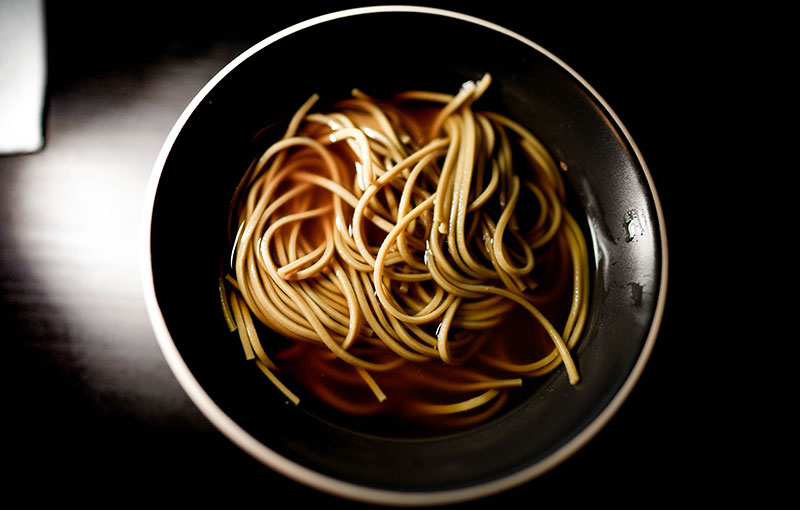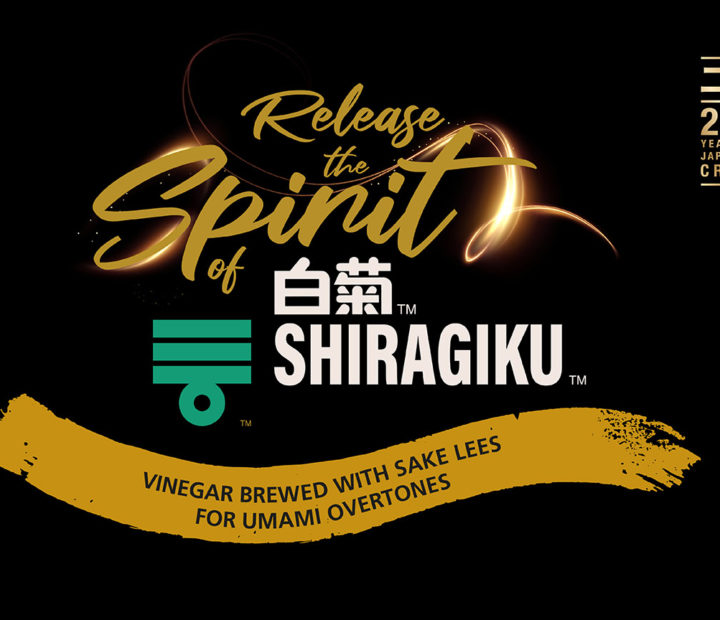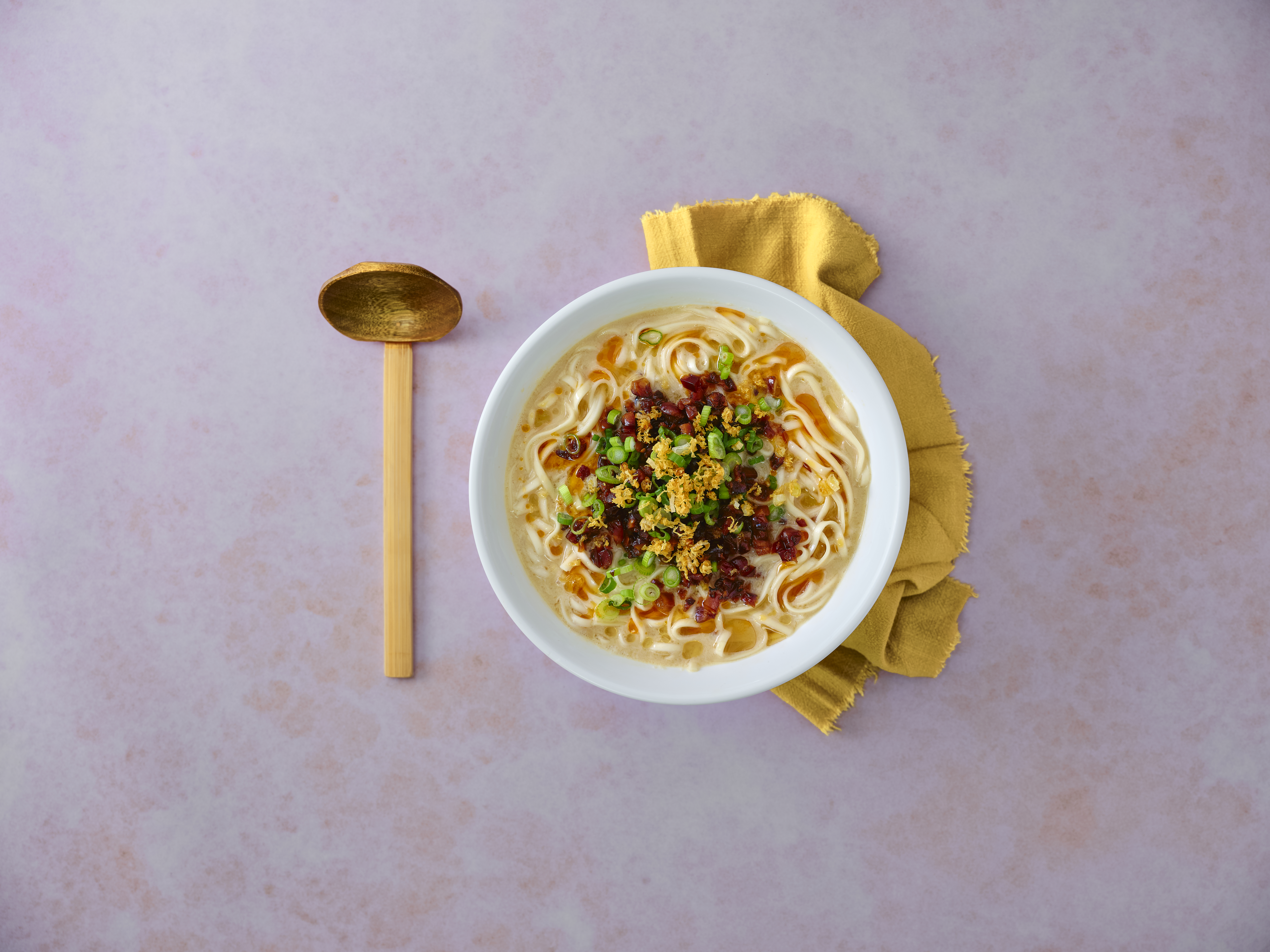2nd November, 2021
What is Japanese cuisine without its noodles? The product, which was first introduced as a luxury food in Japan, is now extremely popular across the world.
Their versatility makes the food so popular; they can be served hot and chilled; added to soups and stir fries and enjoyed with dipping sauces and salads.
This blogpost will guide fusion chefs through the different Japanese noodles, what they’re made of, and how to incorporate them in popular noodles dishes.

Ramen noodles are the most popular type of noodles in Japanese cuisine, and their shape, length and thickness vary by region. They have a light-yellow colour, firm texture and are mainly served in broths and soups such as Ramen Tonkotsu Soup.
Let’s explore Japan’s most popular ramen dishes:
Ramen noodles have four main ingredients:

Udon noodles are white, thick, chewy noodles also commonly used in soups and broths. They can be served both hot in soups such as vegetarian udon soup and stir-fries, or chilled with dipping sauces and salads.
There is a huge list of hot and cold dishes that vary regionally – however some of the most popular udon dishes are:
Udon noodles are made of the following ingredients:

Traditionally eaten on New Year’s Eve, but now popular as a daily dish, soba noodles are made of buckwheat, or wheat and buckwheat flour. They can be found both fresh and dried – and just like other noodles, they’re served both hot and cold.
Soba noodles have an earthy and nutty flavour. They can be seasoned with a variety of foods and toppings – let’s explore the most popular soba noodle recipes.
Soba noodles are made of:
Now that you’re aware of the most popular noodles types, begin creating noodle recipes for your restaurants using Mizkan’s specially crafted vinegars and seasonings for an extra depth of flavour.
Sign up to our newsletter for all the latest news and updates within the Japanese foodservice industry and get in touch with us to find a full list of suppliers that sell our products.



An essential for sushi – Japanese rice vinegars come in different types, from pure to seasoned rice vinegars. Learn why they’re specifically used in sushi and how chefs can use them to add a sweet and mild taste in other Japanese and fusion dishes.

Specially brewed with sake lees, Shiragiku is a spirit vinegar popular amongst chefs in high-end sushi restaurants. Discover the qualities of this premium vinegar, from its complex taste to its versatility and how it can be used in a variety of high-end and street food dishes.

Mirin, an extremely common ingredient in Japan that is often hard to find in the west. Let’s discover the different types of mirin including our Honteri mirin-style seasoning and how chefs can use it to add a depth of flavour in their dishes.